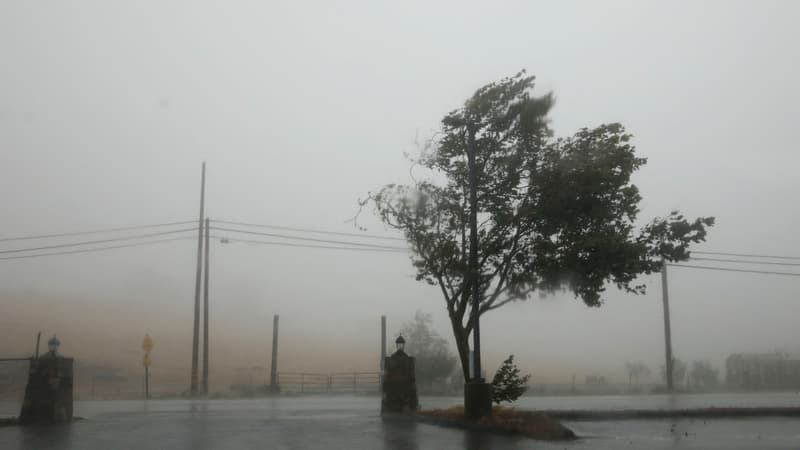Firefighters battling a large blaze outside Los Angeles were bracing for a new threat Friday, in the form of flooding and mudslides that could trigger a tropical storm from Mexico.
A “very hard fire”
Downgraded from hurricane status when it made landfall in Mexico on Thursday, Storm Kay headed north. It is likely to generate strong winds that could stoke the fire dubbed the “Fairview fire,” authorities warned.
More than 10,000 hectares have already been consumed by the fire that broke out on Monday, amid an extreme heat wave, and continues to spread under the effect of “extreme winds” coming down from nearby mountains, authorities said.
“I’ve never seen a fire like this in Riverside County in my entire career,” said John Crater, chief of the California Division of Wildfire Services. “It’s a very hard fire.”
20,000 people evacuated
Two people have already perished, caught in the flames as they tried to flee the blaze.
The area to be evacuated has been expanded once again and now affects more than 20,000 people. The authorities went from door to door asking the most reluctant neighbors to leave the premises to take refuge.
In northern California, the “Mosquito Fire” continues to ravage the outskirts of Sacramento, and has already destroyed more than 12,000 hectares.
Firefighters said they did not control any front of this fire, which according to them has already destroyed several buildings.
“The fire is burning in extremely difficult terrain, including very steep canyons, where it can be difficult to weather the flames,” California fire agency Cal Fire said in a statement.
A tropical storm threatens in parallel
At the same time, what is now looming is the threat of Hurricane Kay, downgraded to a tropical storm. This phenomenon should bring heavy rain to California and Arizona, as well as strong waves on the Pacific coast.
According to the US weather services, more than 18 centimeters of precipitation could fall, increasing the risk of flooding and landslides in areas where scorched earth will not be able to absorb runoff.
By Friday afternoon, this storm was already blowing over Southern California, gusting to over 100 mph. It should put an end to the suffocating heat wave that the American West has suffered for a week, where the mercury has risen at times to 45 ° C, but temperatures will remain high in northern and central California.
The clouds trap warm air from the surface and “about 29 million Americans are currently under an excessive heat alert,” the National Weather Service warned. Therefore, dry air and wind can increase the risk of fire.
Source: BFM TV


